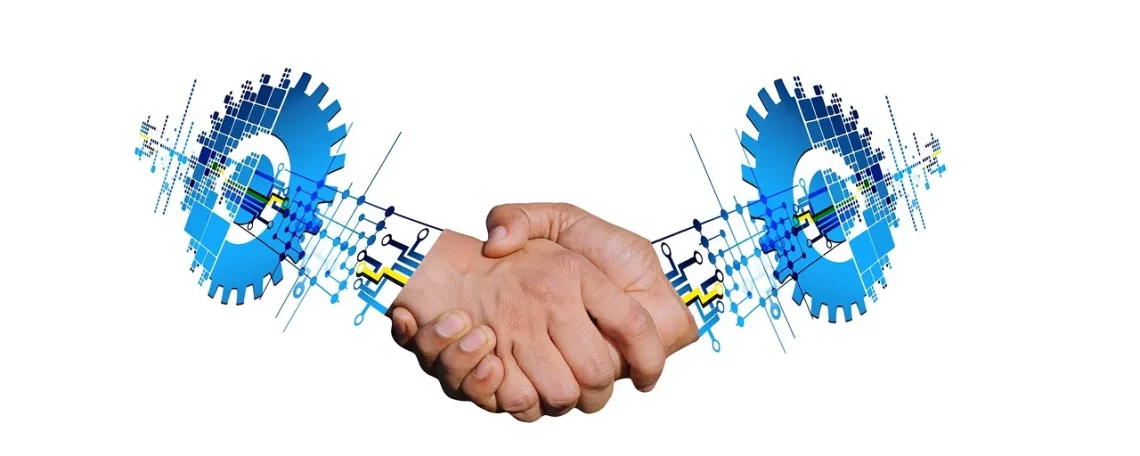
TRT Before and After: Transforming Your Face Effectively
The desire to enhance one’s appearance has been a part of human nature for centuries, transcending cultures and generations. In today’s fast-paced world, where first impressions can have significant impacts on personal and professional life, many individuals are seeking effective methods to rejuvenate their appearance. Among the most popular options is testosterone replacement therapy (TRT), which has gained attention not only for its potential health benefits but also for its ability to transform physical appearance.
TRT is often associated with restoring vitality and energy, but it may also lead to noticeable changes in facial features, skin texture, and overall aesthetic appeal. As men age, testosterone levels can decline, leading to various physical and emotional changes. The quest for a youthful appearance often leads people to explore different avenues for improvement, and TRT emerges as a compelling option. However, understanding the implications of this therapy, including potential benefits and the transformation process, is crucial for anyone considering this pathway.
In this context, TRT stands at the intersection of health and aesthetics. The journey of transformation goes beyond mere appearance; it can also enhance self-esteem and confidence. By examining the effects of TRT on facial features and overall appearance, individuals can make informed decisions about whether this treatment aligns with their personal goals.
Understanding Testosterone Replacement Therapy
Testosterone replacement therapy is designed to restore testosterone levels in men who have low levels due to age or other health conditions. This therapy can take various forms, including injections, patches, gels, and pellets. The primary goal is to alleviate symptoms associated with low testosterone, such as fatigue, decreased libido, and loss of muscle mass.
When considering TRT, it is essential to first consult with a qualified healthcare provider. They will perform a thorough evaluation, including blood tests to measure testosterone levels. If diagnosed with low testosterone, the doctor will discuss the potential benefits and risks of starting therapy.
One of the most significant impacts of TRT is on physical appearance. As testosterone levels normalize, many individuals experience improvements in muscle mass and strength, which can lead to a more toned and defined appearance. Additionally, testosterone plays a role in fat distribution, and an increase in this hormone may help reduce body fat, particularly around the abdomen.
Moreover, TRT can positively influence skin texture and elasticity. As testosterone levels rise, there might be an increase in collagen production, leading to firmer and more youthful-looking skin. This change can significantly enhance facial aesthetics, contributing to a more vibrant and energetic appearance.
However, it is important to note that results can vary widely among individuals. Factors such as age, overall health, and lifestyle choices can all influence the effectiveness of TRT. As such, setting realistic expectations is crucial. While many individuals report noticeable improvements, others may experience minimal changes.
Transformational Effects on Facial Features
One of the most intriguing aspects of testosterone replacement therapy is its impact on facial features. As testosterone levels increase, individuals may notice subtle yet significant changes in their facial structure. Increased muscle mass can lead to a more defined jawline and cheekbones, which are often associated with youth and vitality.
Additionally, as testosterone contributes to skin health, individuals undergoing TRT may also experience a reduction in wrinkles and fine lines. Improved skin texture can lead to a more radiant complexion, enhancing overall facial aesthetics. Many men report feeling more confident and attractive as their skin quality improves.
Moreover, testosterone plays a role in hair growth. For some individuals, TRT can lead to increased facial hair density and growth. This change can contribute to a more masculine appearance, which many individuals find appealing. A fuller beard or mustache can enhance facial features, making the individual appear more mature and refined.
While the cosmetic benefits are compelling, it is essential to approach TRT with a balanced perspective. The primary goal of this therapy should be to improve overall health and well-being, rather than solely focusing on aesthetics.
It’s also important to discuss potential side effects with a healthcare provider. While many individuals benefit from TRT, some may experience adverse effects, such as acne, hair loss, or mood changes. Understanding these risks and managing them effectively is crucial for a successful therapy experience.
Psychological and Emotional Transformations
Beyond physical changes, testosterone replacement therapy can have profound psychological and emotional effects. Many individuals who undergo TRT report improvements in mood, energy levels, and overall quality of life. This boost in mental well-being can be as transformative as the physical changes.
Low testosterone levels are often linked to symptoms of depression, anxiety, and irritability. By restoring hormone levels, TRT can help alleviate these issues, leading to a more positive outlook on life. Many men find that they are more motivated, engaged, and focused after starting therapy.
Furthermore, as individuals notice changes in their physical appearance, there is often a corresponding increase in self-esteem and confidence. Feeling good about one’s appearance can lead to improved social interactions and relationships. Many individuals find themselves more willing to engage in social activities, pursue new opportunities, and enjoy life more fully.
The psychological benefits of TRT can also have positive effects on personal and professional relationships. Increased confidence may lead to better communication, improved relationships, and a more fulfilling social life. Ultimately, the emotional transformations can be just as significant as the physical ones, contributing to a holistic sense of well-being.
However, it is crucial to approach these changes with self-awareness. While increased confidence and improved mood can enhance life, it is essential to maintain a balanced perspective. Individuals should remember that self-worth is not solely based on appearance or external validation, but rather on personal values and inner qualities.
In conclusion, TRT offers a multifaceted approach to transformation, encompassing physical, psychological, and emotional changes. Individuals considering this therapy should seek guidance from healthcare professionals to understand the potential benefits and risks, ensuring a well-rounded and informed decision-making process.
**Disclaimer:** This article is for informational purposes only and should not be considered medical advice. For any health concerns, please consult a qualified healthcare provider.




